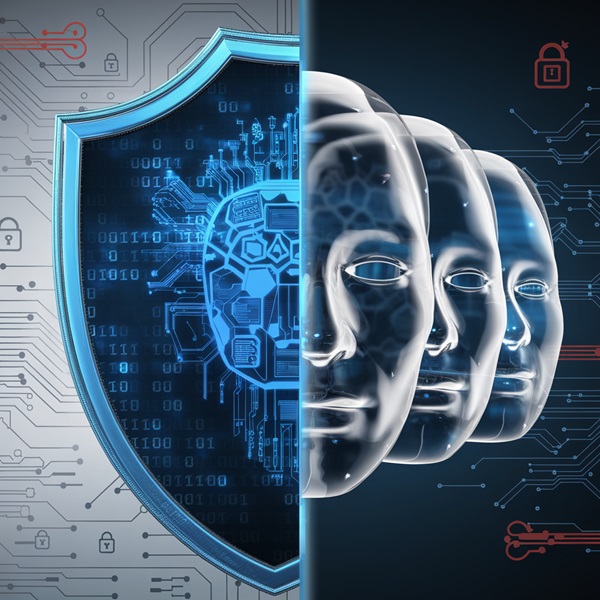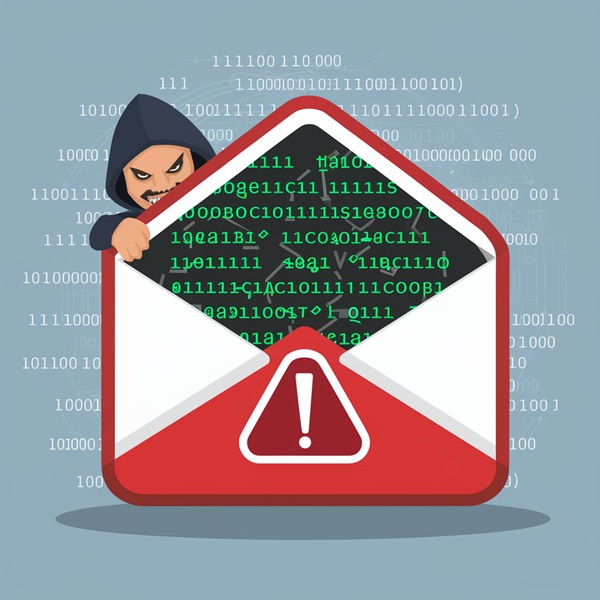In response to the growing influence and inherent security risks of GenAI, OWASP has introduced significant enhancements to its GenAI Security Guidance. Typically, these updates focus on safeguarding organizations that leverage GenAI capabilities, with practical strategies for addressing deepfakes, establishing AI Centers of Excellence, and navigating an increasingly diverse GenAI solutions landscape.
Breaking Down OWASP’s Enhanced GenAI Guidance
OWASP’s latest guidance acknowledges these evolving threats and presents frameworks and tools tailored to the cybersecurity challenges faced by AI and cybersecurity professionals today. Key components of this guidance expansion include:
Deepfake Detection and Management:
Deepfakes have introduced new challenges across sectors, particularly in identity verification and social engineering threats. OWASP’s guide provides a robust framework for detecting, managing, and mitigating the potential damages caused by deepfake content. This includes techniques for media verification, synthetic content recognition, and protocols for training machine learning models with anti-synthetic capabilities to increase detection accuracy. Download here.
Establishing an AI Security Center of Excellence (CoE):
Establishing an AI Security CoE aims to help organizations build specialized internal teams to govern and monitor GenAI usage, align best practices with AI developments, and ensure continuous alignment of security measures with AI technology advancements. OWASP outlines a roadmap to initiate this process, guiding organizations through team development, cross-department collaboration, and centralized AI risk management to foster an environment where AI security is prioritized. Download here.
GenAI Security Solutions Landscape:
Given the rapid development of GenAI applications and tools, identifying the right solutions to secure them can be challenging. OWASP’s new guide provides cybersecurity teams with an overview of essential tools within the GenAI landscape, covering areas such as data integrity, model robustness, anomaly detection, and end-to-end AI security. By mapping out these solutions, OWASP supports organizations in building a security toolkit that meets their specific operational and regulatory needs. Download here.
Why This Expanded Guidance Is Crucial Now
Notably, with GenAI’s unprecedented growth across various industries, organizations face rising pressure to balance innovation with responsible use. Generative AI capabilities can introduce new vectors for exploitation, ranging from AI-driven disinformation to data privacy breaches. Correspondingly, OWASP’s expanded guidance responds to these challenges by offering a multifaceted approach that spans governance, technical solutions, and best practices for end-to-end GenAI security.
Implementation Insights for Cybersecurity Professionals
The expanded OWASP GenAI guidance serves as both a conceptual framework and a practical toolkit for cybersecurity experts. Here’s how professionals might leverage this guidance effectively:
- Firstly, deepfake detection tools should be implemented, and internal protocols should be established to test and improve these tools regularly. Additionally, training employees to recognize synthetic content and having procedures in place for handling deepfake incidents can help minimize potential damages.
- Consider a phased approach to establishing a CoE, beginning with a core team and then scaling up as resources allow. Furthermore, assign clear roles within the CoE for model validation, AI ethics, and compliance to ensure that AI security remains a cross-functional responsibility rather than an isolated initiative.
- Finally, take advantage of OWASP’s recommended GenAI security tools and identify those that align best with your organization’s AI use cases. Moreover, tools for monitoring, anomaly detection, and data privacy should be prioritized to ensure a secure AI environment.
In conclusion, OWASP’s efforts highlight the need for continued advancements in GenAI security. As AI applications and their corresponding security requirements evolve, frameworks like OWASP GenAI Security Guidance will be critical in providing direction and expertise. For organizations already familiar with OWASP’s Top 10 for Large Language Models, the new GenAI Security Guidance expands on these principles with targeted strategies to address unique risks in generative AI. Together, these resources offer a comprehensive toolkit for safeguarding advanced AI applications.




